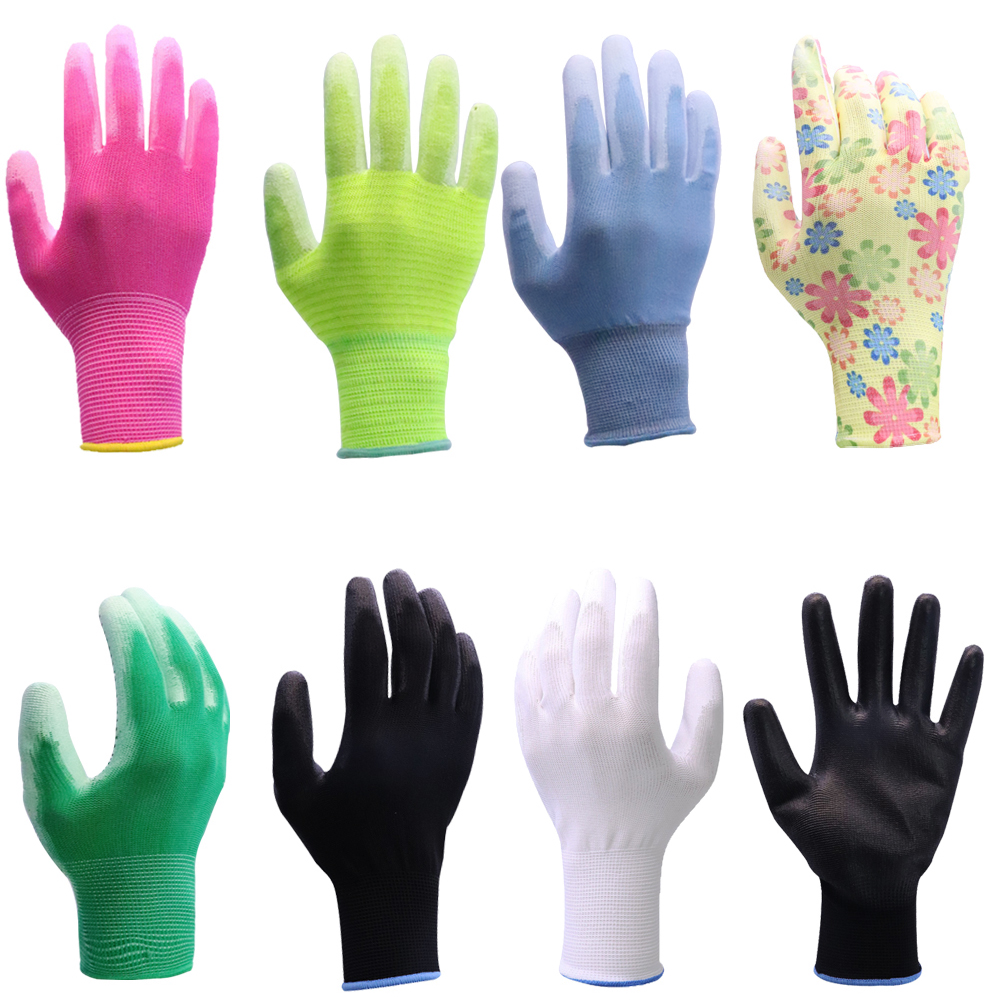Reasons for the Bubble of Dipped Gloves
Author:Gloves Addtime:2024-01-03 16:07:41 Click:
Dipped gloves, known for their versatility and protective properties, are commonly used in various industries. However, encountering bubbles on the surface of dipped gloves can compromise their effectiveness and durability. Understanding the reasons behind the formation of bubbles is crucial for addressing this issue. Here are some key factors contributing to the bubble formation in dipped gloves:
1. Moisture Contamination:
Moisture contamination during the manufacturing process is a leading cause of bubbles in dipped gloves. If the gloves are not adequately dried after the dipping process, residual moisture can be trapped between the layers of the coating, leading to the formation of bubbles.
2. Inadequate Drying Time:
Proper drying is essential after the dipping process to ensure that the coating adheres uniformly to the glove surface. Insufficient drying time or inadequate drying equipment can result in uneven drying, creating bubbles as a consequence.
3. Poor Quality Control:
Lack of stringent quality control measures in the manufacturing process can contribute to bubble formation. Inconsistent thickness of the coating or uneven application can lead to weak spots where bubbles are more likely to occur.
4. Incorrect Temperature and Humidity Conditions:
The ambient temperature and humidity during the manufacturing process play a crucial role. Deviations from the recommended conditions can affect the viscosity of the coating material, leading to uneven application and the formation of bubbles.
5. Air Trapped During Dipping:
Entrapped air between the layers of the coating during the dipping process can create bubbles. This may happen if the dipping process is not optimized to allow for the escape of air, resulting in air pockets within the coating.
6. Substandard Raw Materials:
The quality of raw materials, including the coating material, can significantly impact the final product. The use of substandard materials or variations in material quality can contribute to bubble formation in dipped gloves.
7. Rapid Cooling of Coating:
Rapid cooling of the
coated gloves after the dipping process can lead to the formation of bubbles. This can occur when gloves are moved quickly from a high-temperature environment to a cooler one, causing the coating to solidify unevenly.
8. Improper Storage Conditions:
Storage conditions after the manufacturing process also play a role. If dipped gloves are stored in conditions that expose them to extreme temperatures or humidity, the coating may be affected, leading to the development of bubbles.
Addressing the Issue:
To minimize the occurrence of bubbles in dipped gloves, manufacturers should implement strict quality control measures, optimize drying processes, and ensure adherence to recommended temperature and humidity conditions. Proper storage and handling after production are equally crucial to maintain the integrity of the gloves.
In conclusion, understanding and addressing the reasons for the bubble formation in dipped gloves are essential for ensuring the quality and performance of these protective products. Manufacturers and users alike should be aware of these factors to make informed decisions and take preventive measures for a more reliable and durable dipped glove product.
